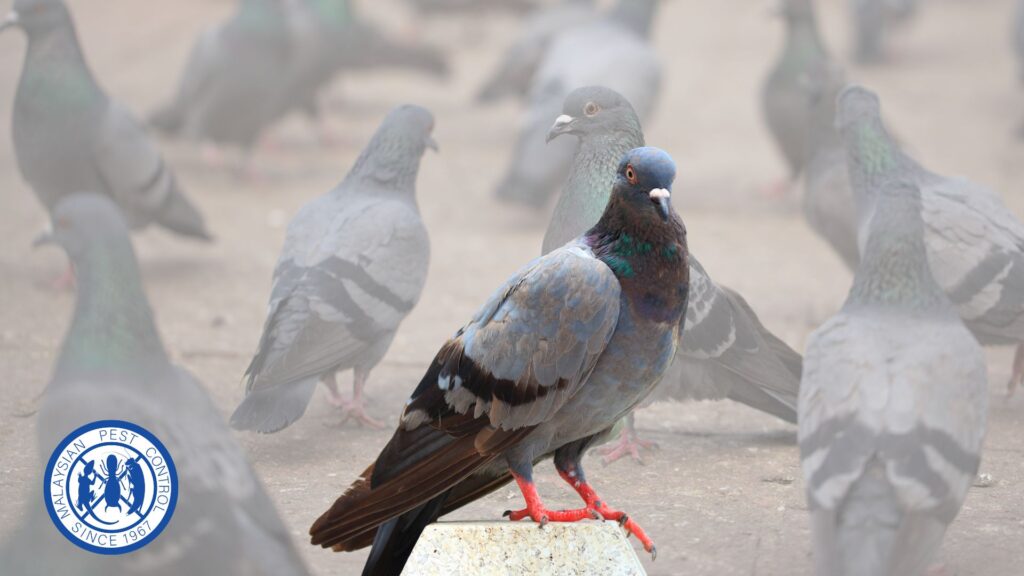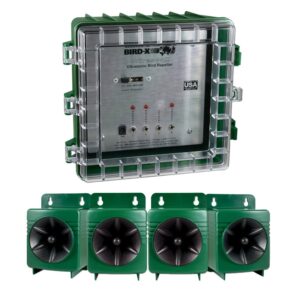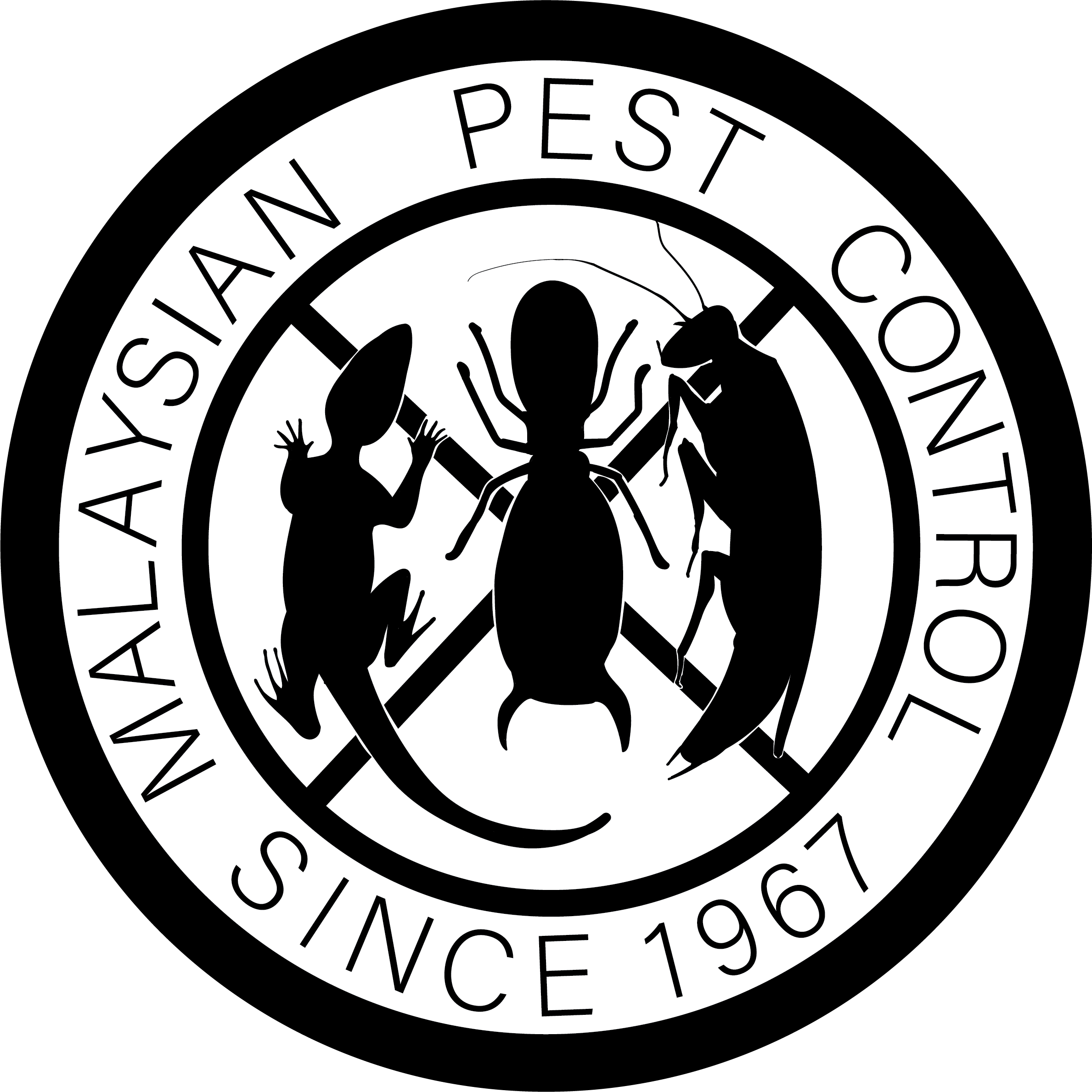Birds Control
Introduction to Bird Control
Bird control is essential for protecting public health, preserving property, and preventing damage in urban and agricultural settings. While birds play a vital role in our ecosystem, their presence can become problematic when they nest in or contaminate human environments, leading to the need for effective bird control strategies.

Nuisances and Health Risks Associated with Birds
Birds, particularly species like pigeons, starlings, and sparrows, can pose significant health risks to humans. They are known carriers of diseases such as histoplasmosis, cryptococcosis, and psittacosis, which can be transmitted through their droppings. In addition to health concerns, bird droppings can cause slip-and-fall risks and contribute to the degradation of building materials.
One significant nuisance caused by birds in urban and suburban areas is the accumulation of droppings on buildings, vehicles, and outdoor clothing. Not only are these droppings unsightly and potentially damaging to paintwork and structures due to their acidic nature, but they also pose health risks as they can harbor pathogens.
Additionally, the presence of bird droppings can attract other pests, including insects and rodents, which are drawn to the droppings for food. If your premise is near to natural habitat, their bird eggs might attract predators such as monitor lizards or snakes
Physical Bird Control for our client
Physical Bird Control Methods
Implementing physical deterrents is a humane and effective approach to bird control.
- Netting: A barrier method that prevents birds from accessing specific areas. Ideal for protecting structures, gardens, and commercial spaces.
- Spikes: Installed on ledges, beams, and other surfaces to discourage birds from landing and nesting. Spikes are effective against a wide range of bird species and are easy to install.
- Ultrasonic Devices: These devices emit high-frequency sound waves that are uncomfortable for birds but inaudible to humans. They are suitable for use in various settings, including warehouses, parking lots, and agricultural areas.
Chemical Deterrents
Chemical repellents offer another layer of defense in bird control.
- Chemical Repellents: These substances make treated surfaces unpleasant for birds without causing them harm. They can be applied to ledges, roofs, and outdoor dining areas to deter birds from landing.
- Deterrent Gels: A sticky substance that can be applied to potential roosting sites. The gel makes the surface uncomfortable for birds, effectively preventing them from landing and nesting.
Technology in Bird Control
Advancements in technology have introduced innovative solutions for bird control, enhancing the effectiveness of traditional methods.
- Ultrasonic Methods: Sophisticated devices that deter birds through sound. Ideal for large open spaces, these devices can be programmed to target specific bird species or set to a general deterrent mode. These are expensive devices for private homes to acquire one. Therefore it is more affordable to engage our professional services to install them on a contract (rent) basis* (subject to availability)






